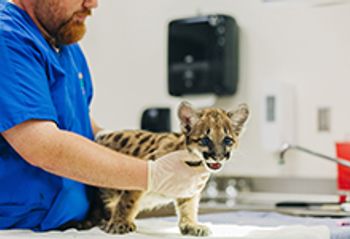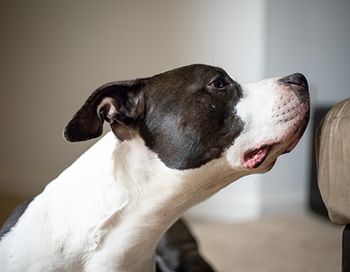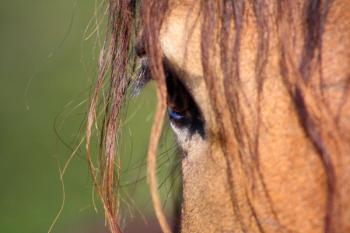
KBroVet-CA1 reduces the likelihood of seizures by stabilizing neurons in the central nervous system.

KBroVet-CA1 reduces the likelihood of seizures by stabilizing neurons in the central nervous system.

In this episode of The Vet Blast Podcast, Dr. Christman is joined by Fred Wininger, VMD, MS, DACVIM (Neurology), who shares his extensive knowledge about intervertebral disk disease in dachshunds.

In this episode of The Vet Blast Podcast, Dr. Christman is joined by veterinary neurosurgeon Dr. Antonio Bowens, who shares his journey to becoming a traveling neurologist.

A new study examines the use of photobiomodulation therapy to prolong survival for dogs with a progressive, fatal disease that currently has no definitive treatment.

Experts share their experience and expertise on what we know about cannabidiol use in dogs and cats.

A recent study shows that analyzing the whole skull versus just the hindbrain in brachycephalic breeds would allow earlier diagnosis of Chiari-like malformation and syringomyeliakey to reducing the amount of pain a dog is in.

Team of veterinary experts works collaboratively to investigate and rehabilitate endangered feline species.

Intervertebral disk disease in dogs can be a devastating diagnosis, with treatment decisions often based both on the neurologic status of the patient and the economics of the owner.

Seizures are damaging to the body, so their myriad effects must be managed properly and recurrence prevented. But the first hurdle for veterinarians is distinguishing actual seizure disorders from the many conditions that can masquerade as such.

When your veterinary patient requires crate rest to heal from surgery or injury, make sure to educate owners about the challengesand be ready with strategies to make the process manageable for both pet and people.

Veterinary researchers from North Carolina State University investigate whether antibodies play a role in etiology of poorly understood disease.

Noninfectious neurologic diseases were once known as pug dog or Yorkie encephalitis. Heres the latest on diagnosis, treatment and prognosis for your veterinary patients with this challenging illness.







Addressing critical issues first, such as hemorrhage, shock and electrolyte abnormalities, can greatly improve the likelihood of survival after transfer to emergency care.

Despite the existence of highly effective vaccines, cases are on the rise. Its up to veterinarians to educate horse owners that this vector-borne disease still poses a very real threat.

Veterinary neurologist Dr. Michelle Carnes discusses updated terminology and effective management of epileptic dogs and cats.

Differentiating orthopedic from neurologic conditions can be tricky, even for veterinary specialists. Heres a quick guide to reaching an accurate diagnosis based in part on gait evaluation.

Early detection and regular follow-up are important components for managing this slowly progressive condition in catsand helping cat owners understand the difference between feline cognitive dysfunction and ordinary aging.

Transdermal levetiracetam can be a viable alternative to other forms of anticonvulsant medication for cats with seizures.

You and your veterinary clients both want the best for senior cats and dogs, but taking care of our older furry friends can be a challenge. Heres some advice.